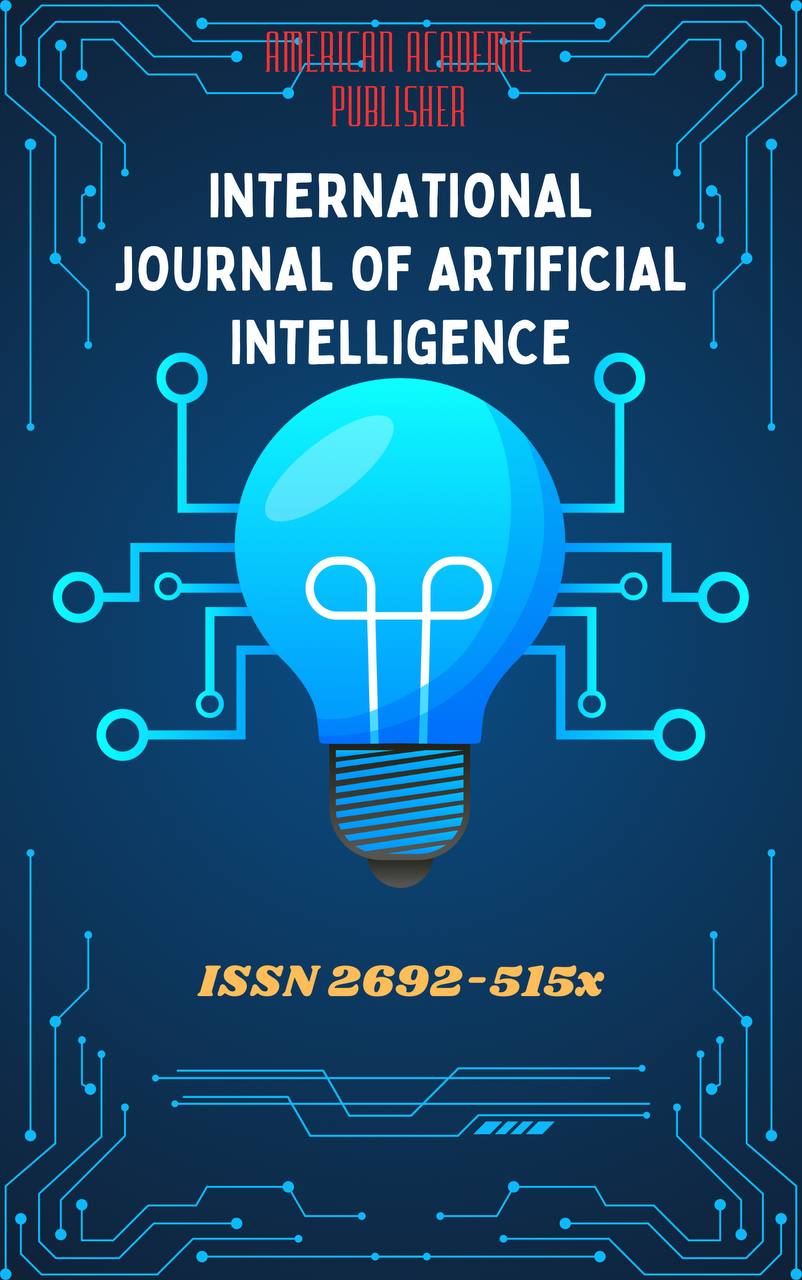 Articles
| Open Access |
Articles
| Open Access | PREPARING A DATASET FOR FACE DETECTION IN COMPUTER VISION
Rustamov Ilhom A‘zam ugli,Khojamurotov Azizbek Shukhrat ugli , Diplomat University intern teacher,Tashkent University of Information Technologies named after Muhammad Al-KhwarizmiAbstract
In recent years, the rapid development of artificial intelligence and computer vision technologies has significantly increased interest in face detection tasks. The effectiveness of face detection systems largely depends on the quality of the datasets used for training. Therefore, preparing a high-quality and diverse dataset has become a crucial scientific and practical challenge. This article provides a detailed overview of the dataset preparation process for face detection. It examines essential stages such as data collection and cleaning, face annotation, image normalization, and augmentation. These steps ensure dataset diversity and balance, which in turn contribute to the accuracy and robustness of face detection models.
The findings highlight that a well-prepared dataset not only improves the overall performance of face detection but also ensures that models remain reliable under various conditions, including changes in lighting, pose, facial expressions, and background environments.
Keywords
dataset, computer vision, face detection, annotation, normalization, augmentation, artificial intelligence.
References
Zhang, K., Zhang, Z., Li, Z., & Qiao, Y. (2016). Joint Face Detection and Alignment using Multi-task Cascaded Convolutional Networks. IEEE Signal Processing Letters, 23(10), 1499–1503.
Viola, P., & Jones, M. (2001). Rapid object detection using a boosted cascade of simple features. Proceedings of the 2001 IEEE Computer Society Conference on Computer Vision and Pattern Recognition, 1, 511–518.
Deng, J., Dong, W., Socher, R., Li, L.-J., Li, K., & Fei-Fei, L. (2009). ImageNet: A large-scale hierarchical image database. 2009 IEEE Conference on Computer Vision and Pattern Recognition, 248–255.
Everingham, M., Van Gool, L., Williams, C. K. I., Winn, J., & Zisserman, A. (2010). The PASCAL Visual Object Classes (VOC) Challenge. International Journal of Computer Vision, 88(2), 303–338.
Behnke, S. (2003). Hierarchical Neural Networks for Image Interpretation. Springer.
Chollet, F. (2015). Keras: Deep Learning library for Theano and TensorFlow. GitHub Repository. https://keras.io
Bradski, G. (2000). The OpenCV Library. Dr. Dobb’s Journal of Software Tools.
Russell, B. C., Torralba, A., Murphy, K. P., & Freeman, W. T. (2008). LabelMe: A database and web-based tool for image annotation. International Journal of Computer Vision, 77(1–3), 157–173.
Dutta, A., & Zisserman, A. (2019). The VIA Annotation Software for Images, Audio and Video. Proceedings of the 27th ACM International Conference on Multimedia, 2276–2279.
Van der Walt, S., Schönberger, J. L., Nunez-Iglesias, J., Boulogne, F., Warner, J. D., Yager, N., Gouillart, E., & Yu, T. (2014). scikit-image: image processing in Python. PeerJ, 2, e453.
Article Statistics
Downloads
Copyright License

This work is licensed under a Creative Commons Attribution 4.0 International License.

